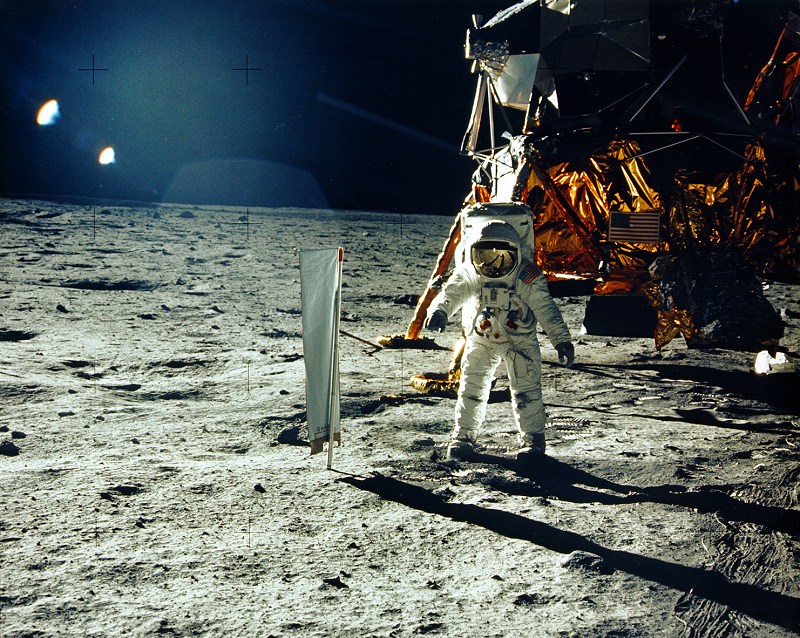

When it comes to the Moon landings, one thing hoaxers always want to see is photographs of the landing sites. Unfortunately, it’s not as easy as turning a telescope to the Moon and taking a picture of the lunar module’s descent stage and American flag standing nearby. But we can see the remains of the landing sites from lunar orbit thanks to NASA’s Lunar Reconnaissance Orbiter. Not only has the spacecraft’s camera has resolved the sites in enough detail to see where the astronauts walked, we can match the images up with the maps NASA made of the astronauts’ traverses in the 1960s and 1970s.
All LRO Images from NASA. Additional images and info from the Lunar and Planetary Institute (Apollo 11, Apollo 12, Apollo 14, Apollo 15, Apollo 16, Apollo 17).













